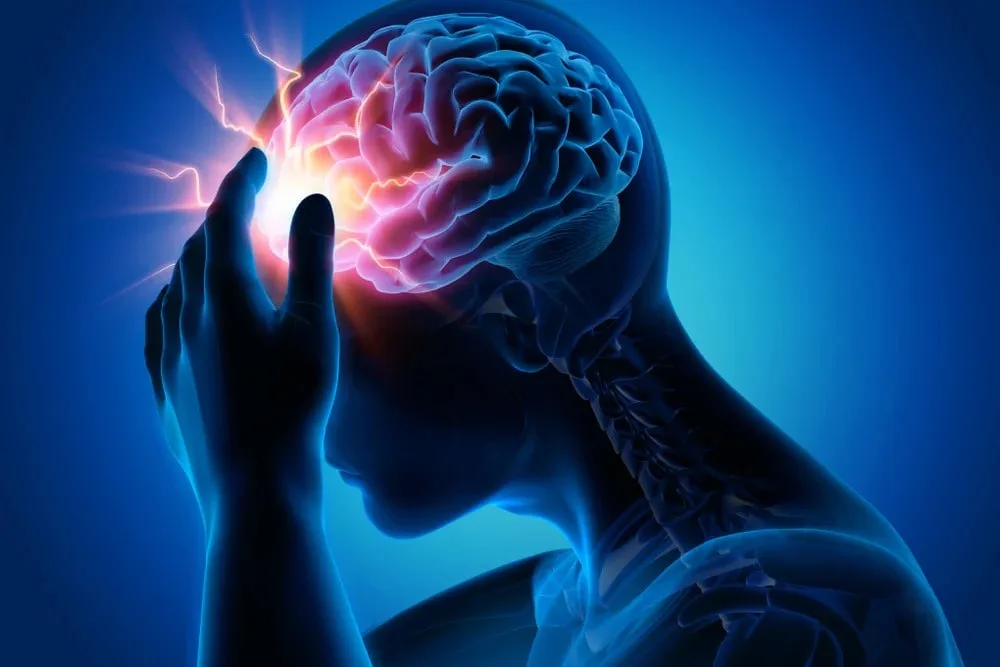What are migraines?
Migraines are a primary headache disorder involving episodes of strong headaches, which are sometimes accompanied by visual or sensory symptoms (called “aura”) and nausea, vomiting, blurred vision and cognitive impairment. Millions of people suffer from migraines worldwide. Although migraines are often caused by genetic factors, about half of migraine sufferers can identify “trigger” factors which can result in migraine episodes.
Who can get migraines?
Although both children and adults can suffer from migraines, migraine headaches most commonly occur in adults aged 25-55 years old. The exact causes of migraines are not known, but there seems to be a strong genetic component in migraine susceptibility, as well as a complex interplay of both genetic and environmental factors. According to the World Health Organization, women are twice more likely to suffer from migraines than men.
Weather as a migraine trigger
In terms of environmental factors, changes in weather patterns are most frequently reported as migraine triggers. Weather changes, such as seasonal dry winds, including the Canadian Chinook, the Swedish Föhn, the Mediterranean Meltemi, have long been associated with increased incidence of migraines and headaches.
Currently, it is not completely clear how changing weather patterns trigger migraines. One theory currently proposed by scientists is that weather changes cause imbalances in brain messenger chemicals called neurotransmitters such as serotonin, and these changes can cause migraines. Changing barometric pressure can also affect the onset of migraine headaches by affecting sinus pressure and blood flow.
The following factors related to changes in weather pattern have been associated with triggering migraines:
- High humidity conditions
- Bright sunlight
- Extremely hot or cold temperatures
- Changing barometric pressure
- Strong winds or stormy weather
- Low humidity conditions (dry air)
- Changes in altitude
Arometric pressure and migraines
When barometric pressure changes as a result of varying weather patterns are also considered to be a trigger in causing the onset of migraines. Barometric pressure is the pressure in the air, or in other words, the amount of force that is being applied to your body from the air. Since our sinuses are filled with air, any change in that pressure can cause migraine headaches.
When the outside barometric pressure increases due to changing weather conditions, it results in a difference between the pressure in the outside air and the air inside the sinuses. It is thought that these differences in pressure lead to compressing or dilation of the blood vessels, which leads to abnormalities in blood flow and induces migraines.
Barometric pressure changes don’t have to be large to trigger migraines. In one recent research study, it was found that even small fluctuations in barometric pressure can cause migraine attacks. In another study carried out in Japan, it was found that that the prevalence of migraines increased on days when barometric pressure dropped by at least 5 hectopascals (hPa).
What can do I do if my migraines are triggered by the weather?
Here are some things you can do to help you reduce the frequency and severity of migraines triggered by the weather.
Monitor weather changes:
Keep track of changing weather patterns and avoiding exposure to these triggers can go a long way in helping to prevent migraines. For instance, staying indoors during periods of very hot or cold temperatures can help you avoid weather-related migraine triggers.
Take your migraine medication at the first signs of getting a migraine:
Take medication early on, at the earliest signs of a migraine, can significantly reduce migraine severity and duration. If you find that the change in weather patterns and recurrent migraines are seriously interfering with your quality of life, see your doctor.
Keep a migraine trigger journal:
A “migraine trigger” diary can help to identify any specific weather-related migraine triggers that you are susceptible to. A simple notebook can be used for this type of journal, where you write down the weather-related or any other potential triggers which you suspect to play a role in migraines triggers. This journal should be separate from your migraine attack diary, and the two can be compared to help identify your personal migraine triggers.
Avoid other migraine triggers:
Making healthy lifestyle choices, such as avoiding high-stress levels, getting enough sleep and regular exercise can be effective in avoiding migraines during the change of seasons. Since the effects of migraine triggers can be cumulative, it is important to also avoid potential dietary triggers, such as aged cheeses, alcohol, and foods high in monosodium glutamate (MSG).
Practicing self-care at home:
Practicing migraine self-care at home includes resting in a comfortable position in a dark and quiet place, avoiding strong lights and odours, sleeping and applying cold compresses to the painful areas. In addition, taking over-the-counter medications such as non-steroidal anti-inflammatory drugs (NSAIDs), such as ibuprofen, and acetaminophen (Tylenol) can be effective in relieving migraine headache pain.
Conclusion
Treatment for migraines related to season changes, including barometric pressure migraines, differs from person to person and depends on the frequency and severity of the migraine headaches. Some migraine sufferers manage their migraines with over-the-counter medications, while others may need to take prescription migraine medication such as botox injections and nerve blocks for migraine relief.
Although you can’t control the weather, there are many steps you can take to prevent and reduce the severity of your migraines if they are triggered by changing weather patterns. Understanding your migraine patterns and personal triggers, as well as practicing self-care and avoiding potential migraine triggers can help you to effectively manage your migraines and reduce their impact on your daily life.


















